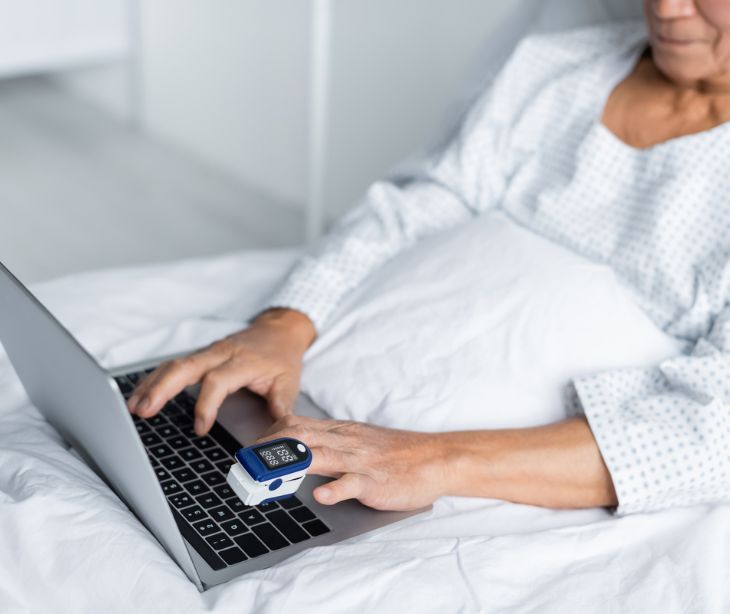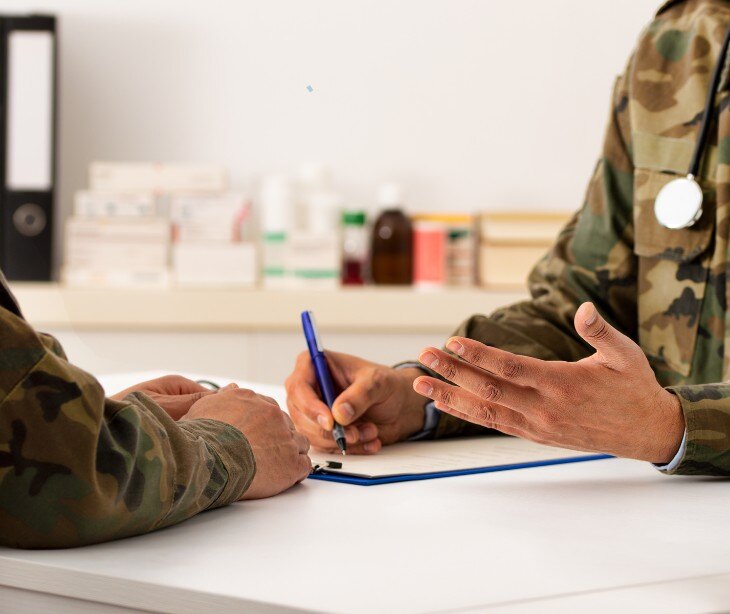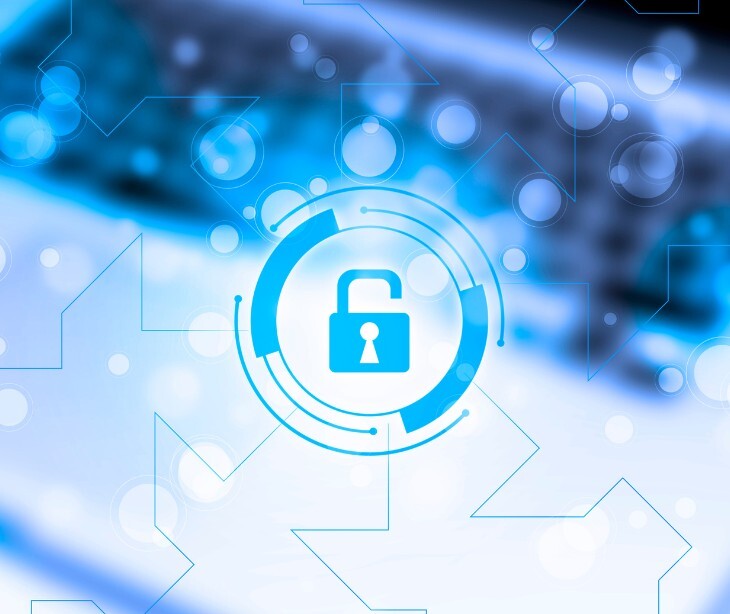
Remote patient monitoring (RPM) devices allow healthcare providers to remotely monitor and track patients' health status, enabling timely interventions and personalized care. However, as the use of RPM devices increases, healthcare professionals must ensure the privacy and security of patient information by following HIPAA regulations.
Related: What is remote patient monitoring?
How is HIPAA relevant to RPM devices?
While HIPAA was initially designed to address traditional healthcare settings, it also applies to the use of RPM devices due to the collection, transmission, and storage of protected health information (PHI) involved. Complying with HIPAA regulations is essential for healthcare providers and organizations to maintain patient trust and avoid potential legal and financial repercussions.
Considerations for HIPAA compliance with RPM devices
1. Privacy and security measures
Healthcare providers must implement robust technical safeguards such as encryption, access controls, and secure data transmission channels. Encryption ensures that patient data is protected both during transit and at rest. Access controls restrict unauthorized access to RPM devices and the associated patient data. Regular risk assessments and audits help identify vulnerabilities and ensure compliance with HIPAA standards.
2. Compliance policies and procedures
Developing and enforcing comprehensive policies and procedures specific to RPM devices can ensure HIPAA compliance. These policies should address proper device usage, data handling, and incident response protocols.
Healthcare providers must invest in regular training programs to educate staff about HIPAA requirements, the risks associated with RPM devices, and the importance of privacy and security. Incident response plans and breach notification procedures should be established to effectively manage security incidents and comply with HIPAA breach reporting requirements.
3. Business associate agreements (BAAs)
Healthcare providers often collaborate with vendors and service providers when using RPM devices. In such cases, they should establish business associate agreements (BAAs) to clearly outline the responsibilities and requirements related to PHI protection.
BAAs ensure that third-party vendors or service providers understand and comply with HIPAA regulations, providing an added layer of accountability and protection for patient data. Select vendors who have strong security practices and are willing to sign BAAs.
4. Data transmission and storage
Implement encryption protocols and secure channels for data transmission between RPM devices and healthcare providers to help safeguard patient information during transit. Take adequate measures to ensure secure storage, including encryption of data at rest and proper retention and disposal practices. Healthcare providers should also regularly review and update their data storage infrastructure to meet industry best practices and emerging security standards.
Related: Encryption at rest: what you need to know
5. Patient authorization and consent
While patient authorization is generally required before using or disclosing PHI, certain exceptions exist under HIPAA, such as for treatment purposes or healthcare operations. Healthcare providers must educate patients about the use of RPM devices, obtain informed consent, and provide clear information on how their data will be used. Transparency in data usage builds patient trust and facilitates compliance with HIPAA regulations. Document patient consent and maintain records to demonstrate compliance with HIPAA requirements.
6. Training and education
Conduct regular training and education programs to keep healthcare professionals and staff updated on HIPAA requirements, security best practices, and the proper use of RPM devices. These programs promote awareness of potential risks and vulnerabilities, ensuring everyone understands their responsibilities in safeguarding patient data. Training should cover secure device usage, data handling protocols, incident reporting, and HIPAA compliance guidelines.
Best practices for HIPAA compliance with RPM devices
- Select reputable and secure RPM devices from trusted manufacturers, ensuring that the devices meet industry standards for privacy and security.
- Regularly update and patch RPM device software and firmware to address known vulnerabilities and protect against emerging threats.
- Conduct regular risk assessments to identify and mitigate security risks associated with RPM devices and PHI handling.
- Maintain proper documentation and record-keeping practices, including policies, procedures, training records, incident reports, and patient authorizations.
- Implement monitoring and auditing mechanisms to track access to RPM devices and patient data, ensuring timely detection of any suspicious activities and potential breaches.
- Engage in ongoing staff training and education programs to ensure healthcare professionals and staff are well-informed about HIPAA requirements and best practices for RPM device usage.
Healthcare providers can ensure HIPAA compliance while using RPM devices by adhering to HIPAA regulations and implementing robust privacy and security measures.
Related: HIPAA compliant email marketing: What you need to know
Subscribe to Paubox Weekly
Every Friday we'll bring you the most important news from Paubox. Our aim is to make you smarter, faster.




